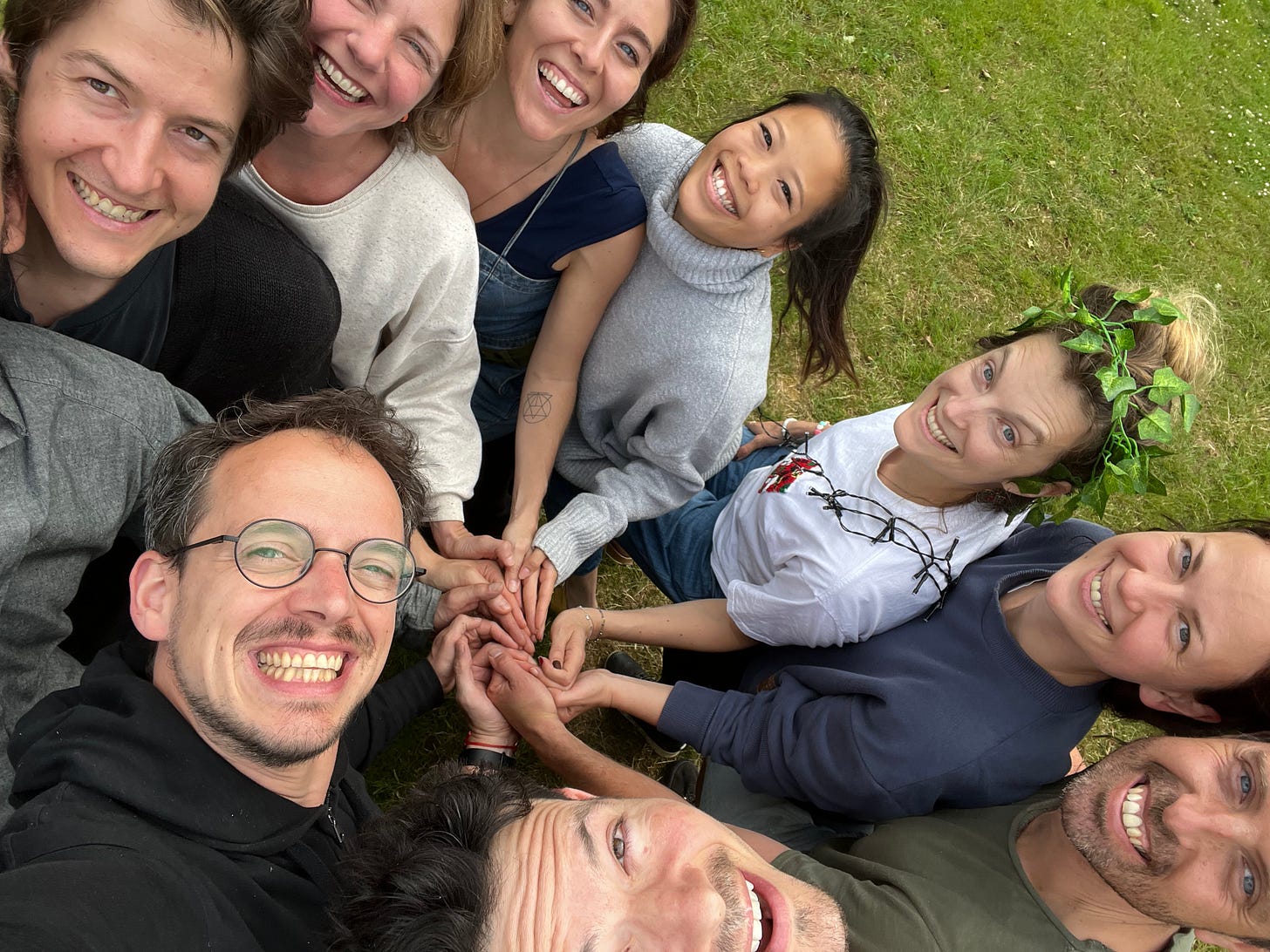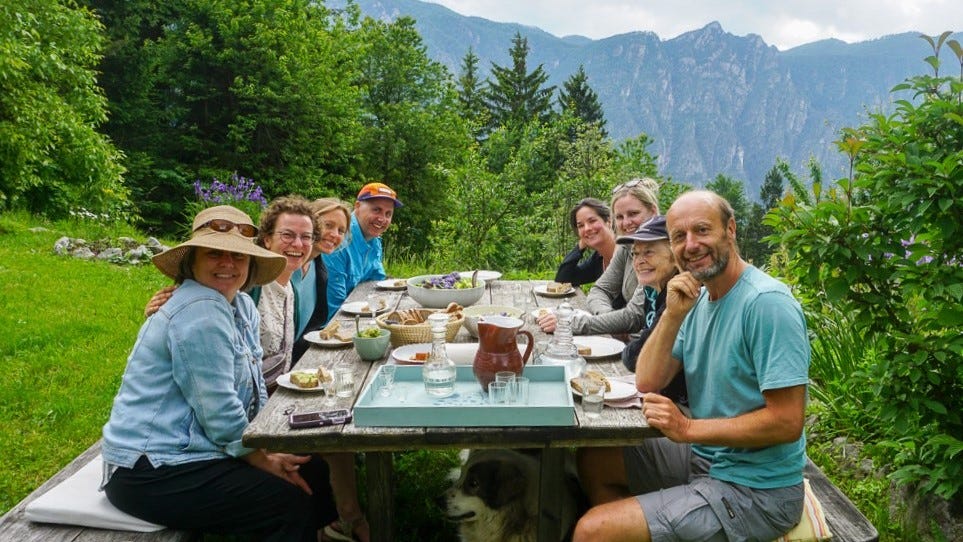Last week’s article was about ways to recruit community members. Let’s backtrack.
Before you can invite someone to your community, you need to know the answer to one important question that every interested person will ask you:
“How do I join?”
This is the first question a person seeking community wants answered when they find a potential community they want to join.
To answer that, you have to create what I call “The Offer”.
The Offer
what you’re asking for + what you are giving in return = the offer
The offer is what they need to be part of the community in some way — what that looks like, you decide.
What You’re Asking For
You should have more than one way for a member to join.
If your only way to join or participate is “buy land with me”, you may be leaving other opportunities on the table for future members, such as:
Paid remote membership — if people want to live there but aren’t ready to up and move, they can support by paying membership admin costs. Alternatively, this can be a distributed crowdfunding model (see example)
Traded Work — Everything from manual labor to design and business skills, having someone to project manage or raise funds now in exchange for land down the line is akin to having a co-founder.
Business Bids — Let people start a business inside your community, even if they can’t live there yet. It will attract people to your community space.
Split Income Project — Let collaborators build something on your land like a tiny home or shipping container café (with clear written agreements about what happens if it doesn’t pan out) and split profits with them.



Promotion — Having members (future or current) spread the word on your behalf is invaluable, and if they have skills to capture content and promote the community, even better.
Alternative ownership — Rent-to-own arrangements to help pay the property mortgage are a more accessible way of people joining. Renting short-term and having a variety of residential options helps you diversify your members and bridge the gap between short-term and long-term
Donorship — if your project involves land conservation, or other noble work, you can solicit donations from a supportive member base, which should go to your community operating company (i.e. a foundation).
Presence — sometimes just consistently showing up to meetings is enough to be considered an official community member/founder. You can have people fill out a simple application process, and build an entire list of interested members to show as proof of concept to serious investors.
The classic way to invite people to join is typically direct investment.
“Here’s the total cost, here’s how many community members we expect, here’s your share to pay to be a member”. You can stagger these investments according to development phases and whatever payment schedule you have for the land purchase.
Your strategy all really depends if you will wait to have a members who can put down enough for the community, or if you will put money up front to cover all development costs and invite people to jump on board as they come.
See my article on the 2 Different Community Development Strategies.
What You’re Giving in Return
There are two main categories of what you can give in return: equity and access.
Equity
This ranges from ownership, decision making rights, rights to profit, and special benefits.
Examples:
Ownership — You can distribute ownership shares of the profits of the community, made easy through tokenization or use NFTs that represent ownership of the land.
Decision-making rights — If someone wants to join but can’t move there, they can pay their monthly membership fees to have decision making rights about the community
Rights to profit — When one community members is responsible for bringing other community members that invest, you can have a reward mechanism in place for them, such as a % of the investment.
Special Benefits — If community members join in the first two years, they might have a grandfathered lower cost of investment or more flexible payment plan than those who join when the community is already built. This is compensation for their willing to go in on the early risk.
Access (temporary or permanent)
This includes the right to stay at your community, invitation to events, access to the use various useful spaces in the community (coworking space, tool shop, etc.) and other benefits such as online community membership.
Examples:
Events — Your community might host private events or workshops. Contributors could have (discounted) access.
Space access — Contributors can make use of community kitchens, coworking spaces, event spaces, etc. for free or discounted.
Online Community Membership — Members get to access each other, exchange resources, and build projects together. This is best when your community represents a whole cultural movement, like buildcities
Right to stay— NFTs and Tokens that represent nightly stays in the community, like TDF’s carrots.

There’s also something to say about giving membership as a form of identity. While there may be no direct perk, the community member gets to identify with the community.
This works more for bigger international projects like Praxis Society, where affiliation with the community comes with a kind of prestige.
No More Desperation
I just don’t want to see awesome communities having to beg for members, or struggling for people to join because they aren’t ready or don’t have all the upfront capital.
There’s no reason that should stop you or them.
Of course, you need money to make it happen. Yet, there are many creative ways to incorporate people into the village project in ways that make sense for you and them.
One of my affiliated partners, Community Finders, run by Cynthia Tina, offers services for people seeking ecovillages or building ecovillages. I highly recommend you join one of her courses to uplevel your ecovillage journey.
Use the code TERRENITY for $100 off your ecovillage tour.







